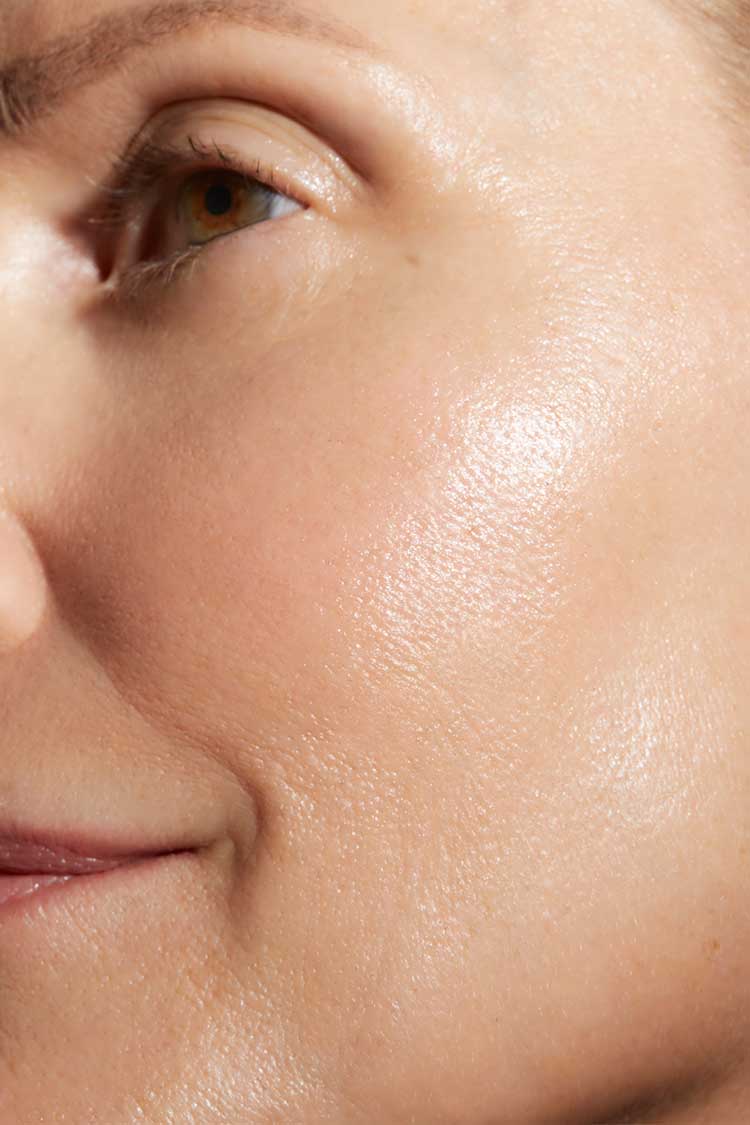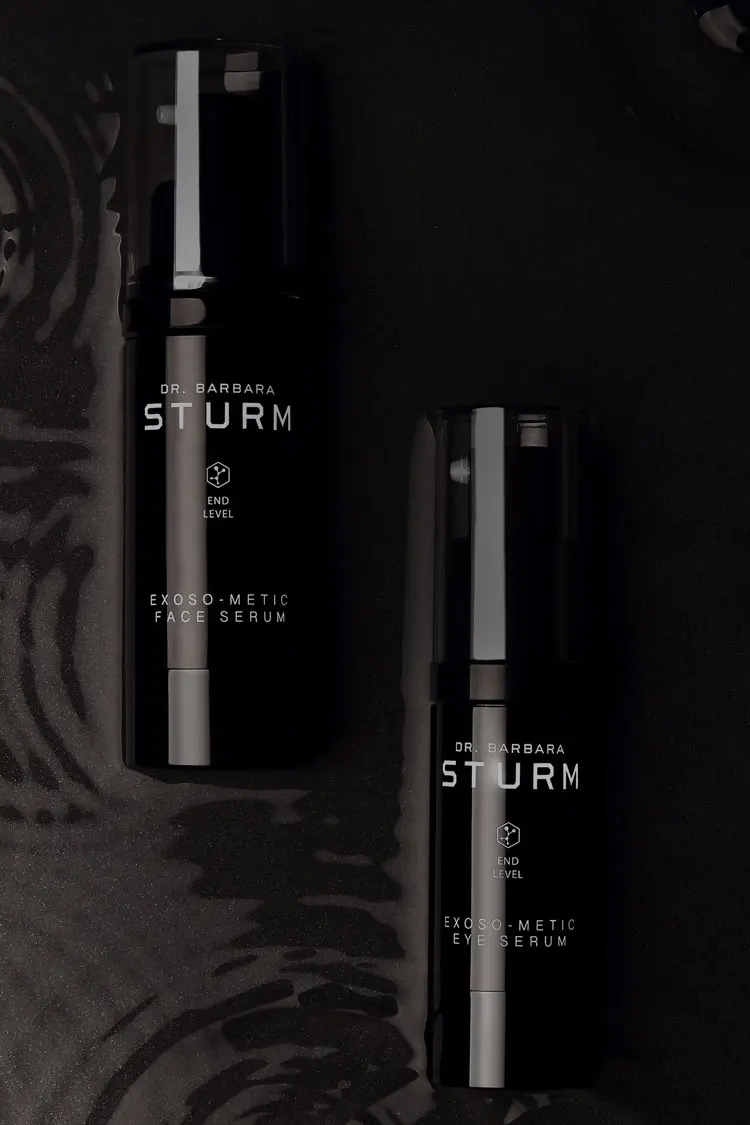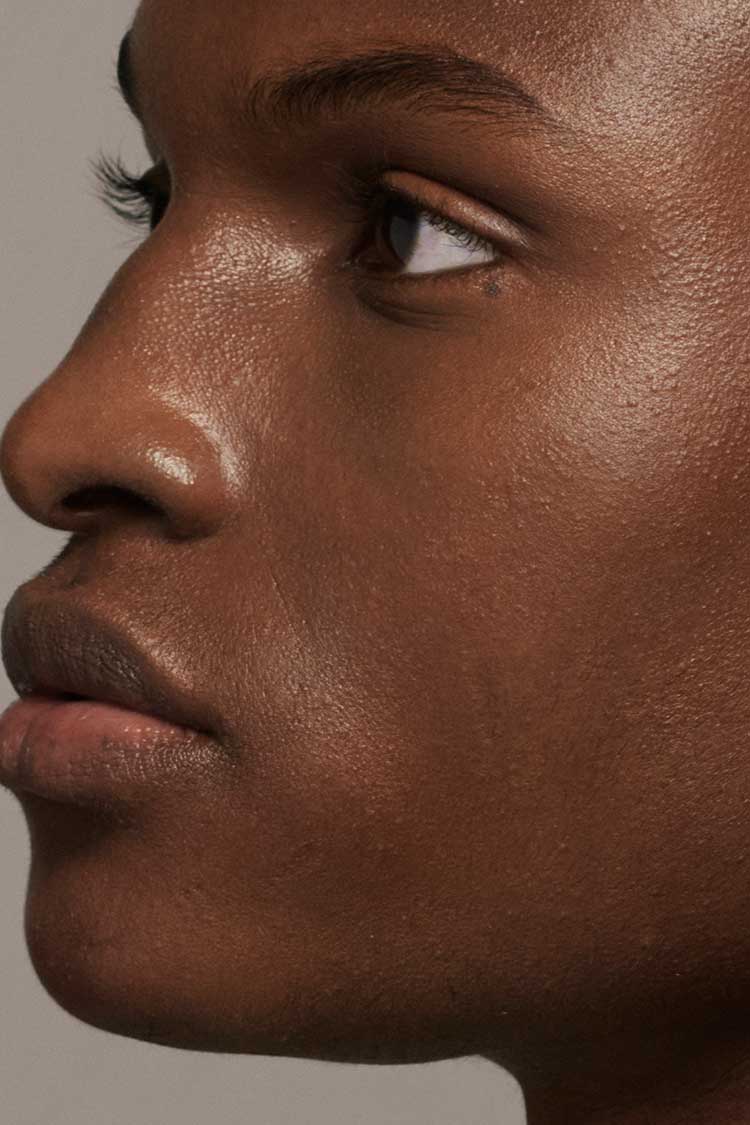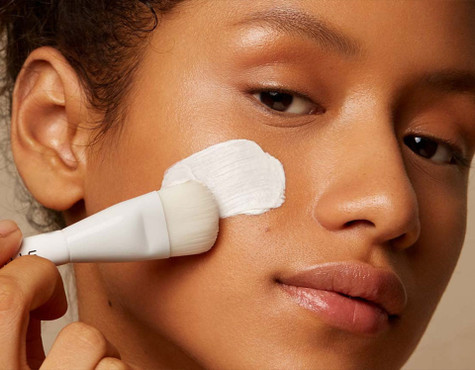IS MY SKIN DRY OR DEHYDRATED?
22nd Jul 2024
One of my most frequently asked questions is how to tell the difference between dry and dehydrated skin. It’s especially pertinent during the cooler months, as the frequent changes between cold, windy outdoor elements and hot, dry indoor environments create difficulties for our skin, resulting in dryness, flakiness and irritation. Although they have some treatments in common, it’s important to correctly diagnose whether your skin is dehydrated or dry to discover the right skincare solutions for you.
What is dry skin?
Dry skin is a skin ‘type’ which feels rough and flaky and is often tight, dull and irritated. Dry skin lacks oil and lipids at a deeper level in the skin and becomes especially dry in the winter. This is because the cold prevents blood circulation to the outer layers of our skin, adversely affecting the functioning of the skin’s tissue and cells and slowing down sebum production: an important part of the lipid shield that protects our skin.
What is dehydrated skin?
Dehydrated skin is a skin condition that anyone can experience, which causes the skin to look dull, feel tight and sensitive, and show fine lines and wrinkles. It can be caused by environmental factors such as very cold or very hot air, inflammation, pollution, products that are irritating and weaken the skin barrier, leading to transepidermal water loss - or by simply having a tendency towards dry skin and not using the right skincare to rehydrate and refill the skin's own moisture reservoirs.
HEALTHY SKIN
DEHYDRATED SKIN
How to determine if your skin is dry or dehydrated?
Pinch a small amount of skin on your cheek, abdomen, chest, or the back of your hand and hold for a few seconds. If it takes a few moments for your skin to bounce back, instead of holding its shape, your skin is most likely dehydrated. Dry skin, on the other hand, is characterized by a lack of oil and will generally feel some form of discomfort - this is a major sign of dryness.
How should I treat dry skin?
To treat dry skin, your routine should start with gentle but thorough cleansing to remove residue and pollutants. I recommend adding in a FACIAL SCRUB twice a week to ensure your skin is properly exfoliated and to remove any dry skin cells. For an intense boost of moisture, you should apply the HYALURONIC SERUM. To reduce redness or irritation, apply the CALMING SERUM and follow with my EYE CREAM and FACE CREAM RICH, which contains valuable Grape, Avocado and Olive Oils which counteract lost moisture.
dr. Barbara sturm's dry skin routine
How should I treat dehydrated skin?
For dehydrated skin, I recommend my HYALURONIC SERUM to give cells a real moisture boost at the superficial and deeper skin layers. My formulation is infused with antioxidant-rich ingredients such as Purslane and Skullcap, which protect the cells’ DNA from free radicals and help keep them healthy and youthful. My HYALURONIC FACE MIST also provides a burst of pure hydration, detoxification and revitalization on-the-go and contains Hyaluronic Acid to defend against transdermal water loss. To support the body from the inside, I suggest taking two capsules of my SKIN SUPER ANTI-AGING supplements each day - it’s packed with Purslane which in studies has been proven to contain more skin hydrating omega-3 fatty acids than any other leafy green plant and even some fish oils.
dr. Barbara sturm's essential dehydrated skin routine
How can my diet support my skin?
Internal hydration is essential, so drinking plenty of fluids and water-rich fruits and vegetables should be integral to your lifestyle. And eating an anti-inflammatory diet rich in fatty fish like salmon, berries, green leafy vegetables, tomatoes, olive oil, and nuts like almonds and walnuts will avoid inflammation from the inside-out and leave your skin healthy and glowing. My tailored routines are perfect to help strengthen skin barrier function, protect against the harsh elements and enhance a radiant complexion for dry or dehydrated skin.
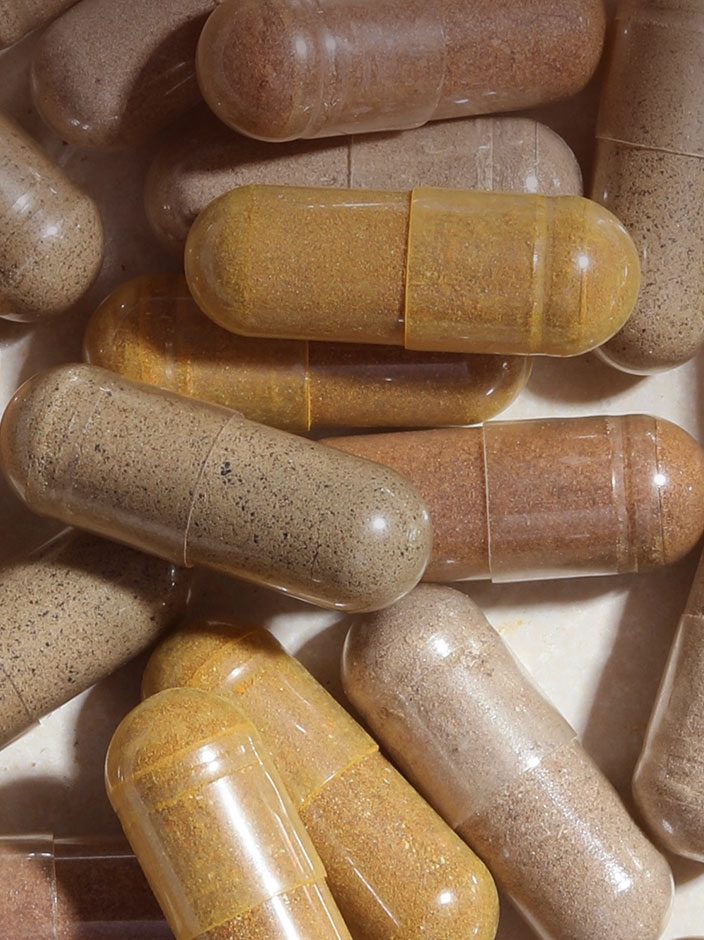

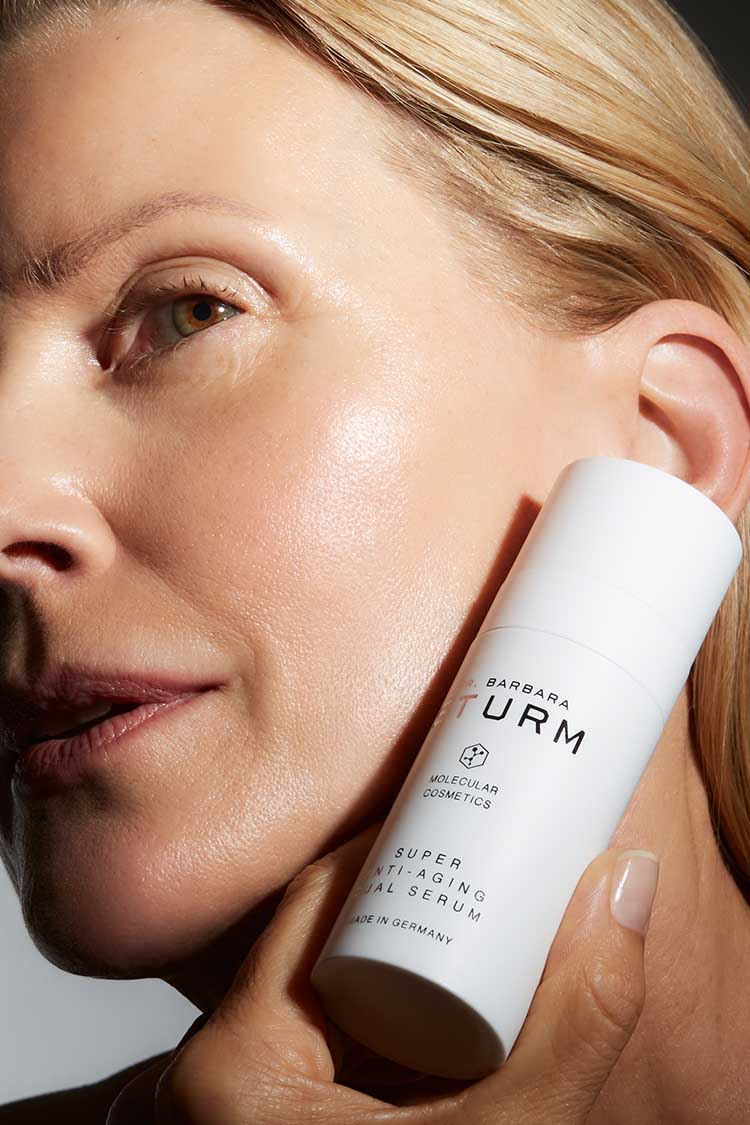

.jpg)


